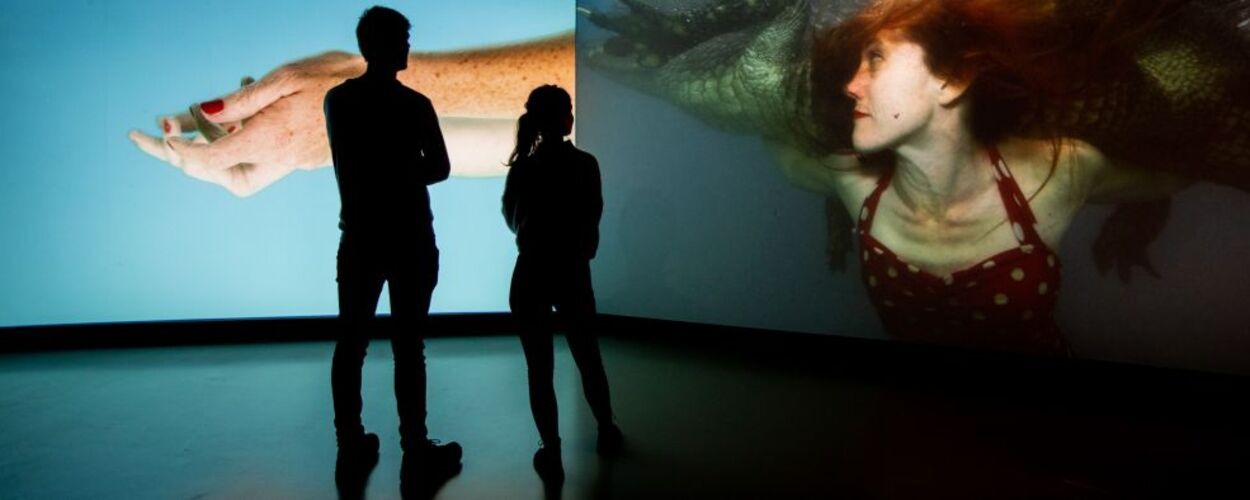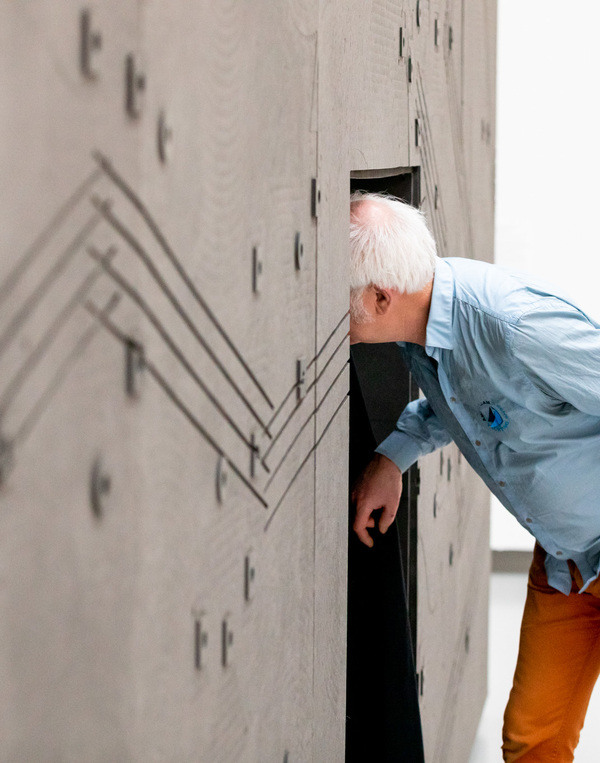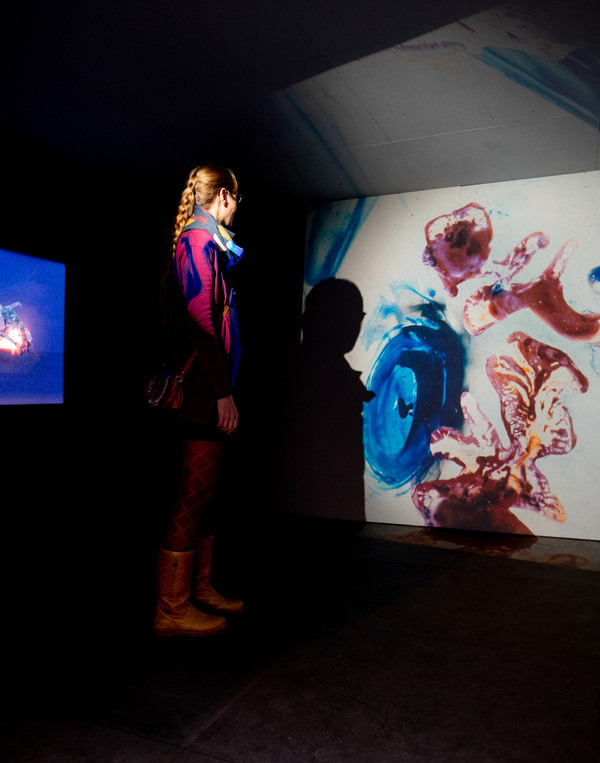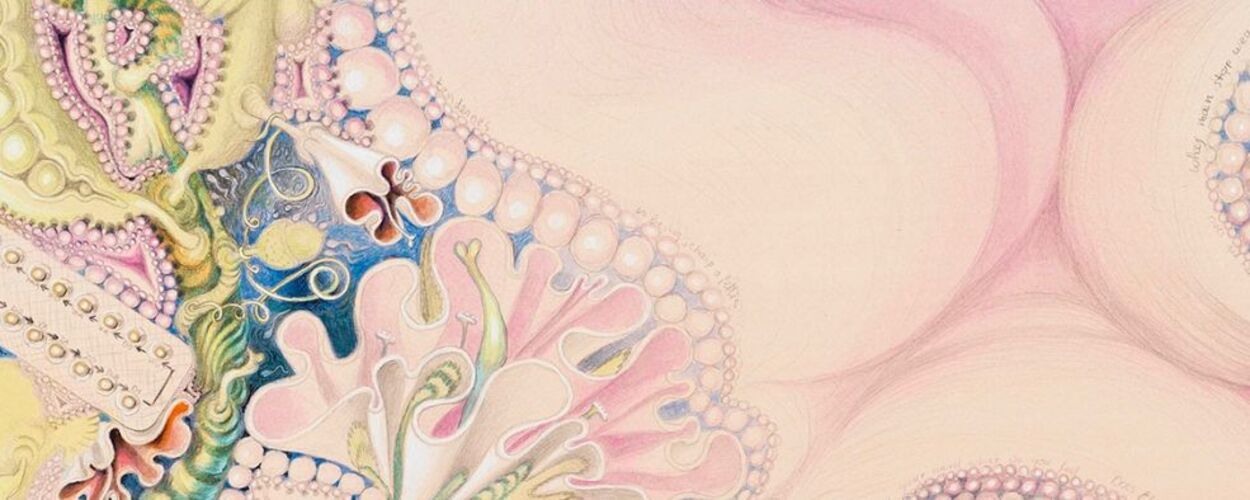other.worldly
on view now
Artists from home and abroad will portray an underwater world in the Fries Museum. Since time immemorial humans have been drawn to the sea and its unique sense of timelessness and connectedness. But although it can be a gentle and colourful muse, the underwater world also has a cold undertow. Its depths harbour drowned refugees and pollution, but also beauty and mysterious creatures. In Other.Worldly more than twenty artists try to fathom the underwater world. The starting point of the exhibition is the work Osedax by artists Edgar Cleijne (Netherlands, 1963) and Ellen Gallagher (United States, 1965). In this key work, exhibited in the Netherlands for the first time, visitors make a hypnotic journey past an oilrig, enchanting sea creatures and swaying plants. The exhibition Other.Worldly can be seen in the Fries Museum in Leeuwarden from 15 February 2020 to 14 February 2021.





